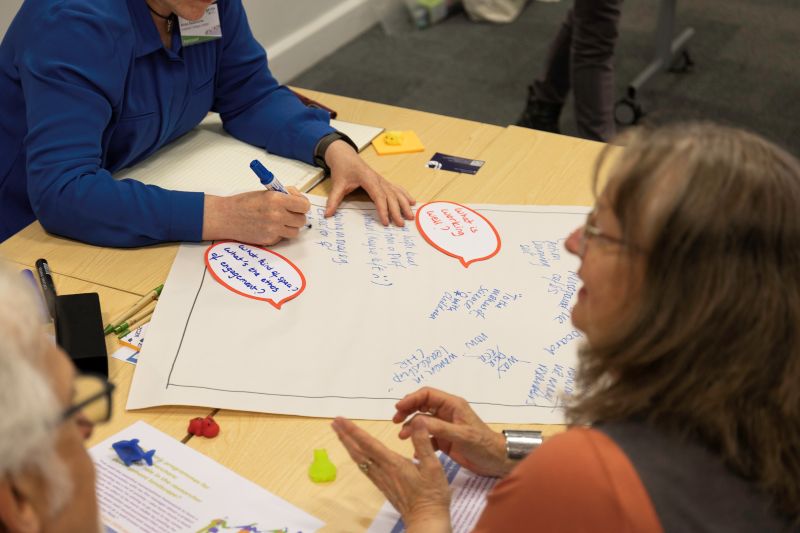Job applications – how to write an effective CV and cover letter
A crucial, but sometimes underestimated, element of applying for a job is the effectiveness of the CV and cover letter.
- How to create an effective CV
- How to write an effective cover letter
How do I write an effective CV and cover letter?
The CV, and accompanying cover letter, can be the gateway between rejection and the desired interview.
Read our guide below to ensure your CVs and cover letters are working for you effectively, and avoid the disappointment of a rejection.

How to create an effective CV
What are some essential factors to include in an effective CV?
- The purpose of a CV is to secure you an invitation to the relevant job interview
- To achieve this, your CV must be tailored to the specific role you are applying for
- In the CV, identify and address the employer’s needs
- A CV should be no more than 2 sides of A4 sized paper, but you can use appendices, for example for your publications
- Aim for your CV to be factual, persuasive, and ensure there are no spelling mistakes or grammatical errors!
What are the formats for CVs?
There are three basic types of CVs:
- Chronological CVs – these can convey that you are experienced and established in your field
- Targeted CVs – (e.g. academic CVs) are organised according to the knowledge and experience needed and are generally uniform across an employment sector
- Skills-based CVs – these are organised according to the skills needed. This is ideal if you are looking to make a career change as it will allow you to show how your skills transfer.
How to write an effective cover letter. What are some good tips to write an effective cover letter?
- Aim to address your cover letter to a specific person, if you can secure their details
- Start with a strong introduction that includes the position you are applying for, who you are and why you are interested.
- Convince the employer that you do really want the job and are committed to – address any fears the employer may have about this.
- Outline your skills and experience specifically to what the job description and person specification are asking for.
- Be informed – show throughout the letter that you have researched the employer and the position.
- Understand your own values and then understand the values of the company you are applying for, and match these together within the cover letter.
- End with a confident conclusion – summarise what you can offer and how it fits with the role applied for and the company. Say that you look forward to the interview to discuss further. If you are writing a speculative application, indicate that you will call in a certain number of days, and then follow up with this.
Final things to takeaway
- The purpose of a CV is to secure you an invitation to the relevant job interview. To achieve this, your CV must be tailored to the specific role you are applying for.
- Most CV reviewers will quickly scan CVs (or this may be done by artificial intelligence – AI), so ensure that your key skills, relevant keywords to the job description, and main points stand out.
- Give evidence for your skills. Use the STAR method – ‘Situation, Task, Action, Result’ to outline how you used your skills in a specific scenario.
